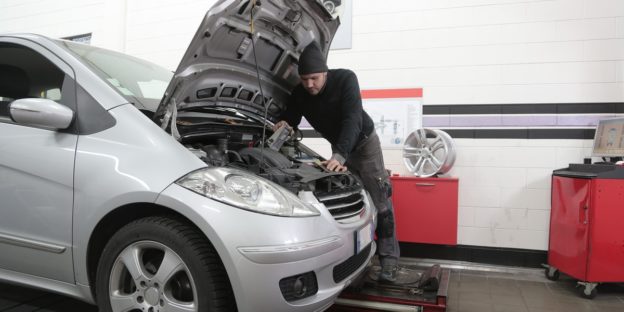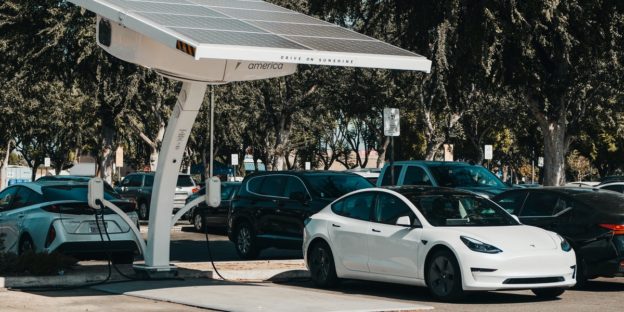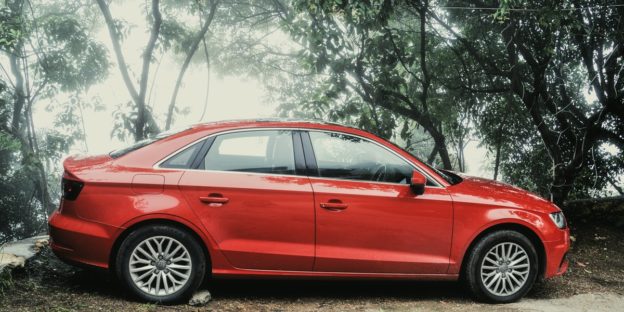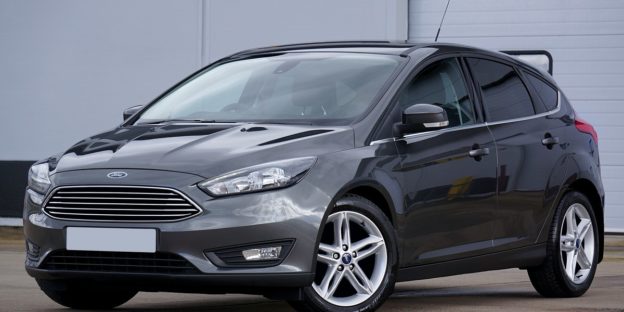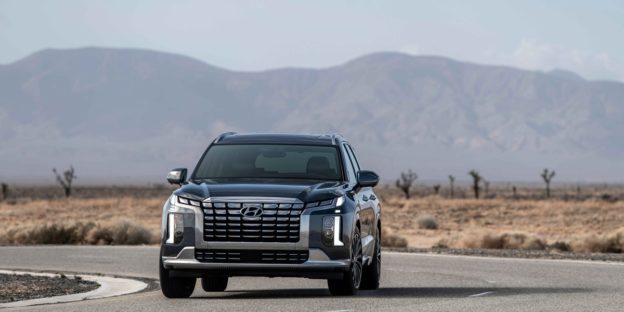Buying a car fixer upper is not a bad idea, as long as you keep your expectations realistic. You’re not buying something new, so you can expect to put in some work. At the same time, you can save money and make the car your own. But just because you are saving money on the front end does not mean that you can’t get ripped off.
Below are three things to consider when buying a car fixer upper.
1. Take Your Time – Don’t Rush!
Unless you need a car immediately, take your time finding a vehicle that meets your needs and budget. Be open to different makes and models of vehicles, as you never know what you’ll find for old, beat-up models. You can also negotiate with sellers most of the time, especially if you’re looking at a repossessed model.
Lenders will take back a vehicle when the owner stops making their payments. However, banks and credit unions don’t sell cars, so they have trouble storing them on their lots. They simply want to recoup some of their losses, so they are usually very open and willing to negotiate. Be sure to include RepoFinder in your search for fixer uppers.
2. Look for Matching Parts
Once you find some vehicles that fit your criteria, try to find parts online. There are some essential repairs you can expect to make, such as changing the brakes. Search for these parts and make sure that they are available so that you can make the car safe to drive.
Also consider some bigger projects like replacing the transmission or engine. You’ll want to look for these parts, as well as smaller parts like headlights, fenders, car batteries, spark plugs and oil filters. If you want to be able to fix the vehicle, the correct parts must be available – and affordable.
3. Be Willing to Negotiate
Car fixer uppers cost less than other cars, but you want to make sure that the bargain you’re getting will be worth the time and money you put in. If the vehicle is a hobby, then you have more freedom as to how and when you make the repairs. But if the vehicle is a necessity, the repairs will need to come sooner.
Get a general idea of what fixer upper cars cost, and be willing to negotiate with the seller. See the car in person first as well so that you can determine if it’s a vehicle needing repairs or a complete piece of junk. Talking with the seller also allows you to ask questions face to face.
Shop for Car Fixer Uppers Today
These three tips will help you when buying a car fixer upper that is worth your time and money. Add RepoFinder to your list – we have a huge database of repo cars, trucks, SUVs and recreational vehicles that are being sold at bargain prices. Some are fixer uppers needing a bit of work, and others are in great condition. Find a car that you love today!





